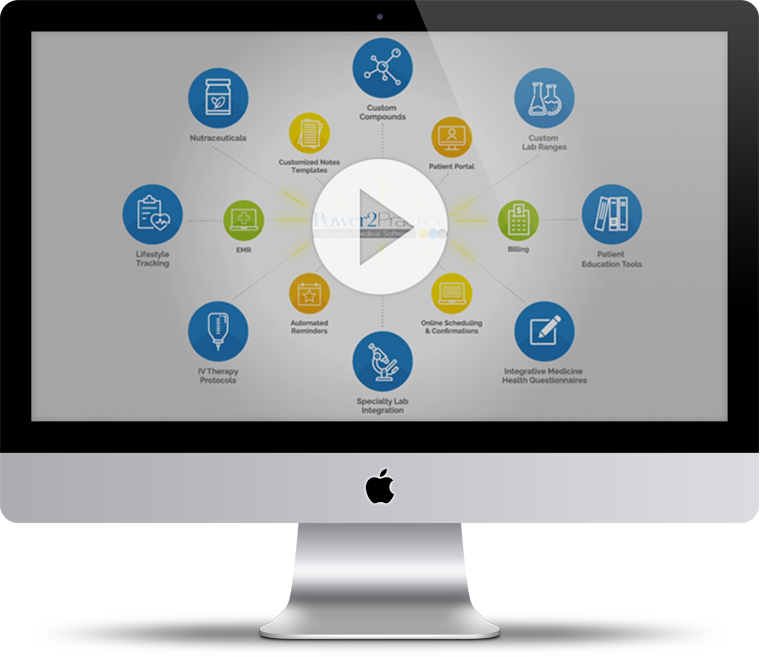The avenues in which healthcare professionals acquire and keep new patients has taken a turn in recent years. With the passing of legislation such as the Affordable Care Act, engagement has become a central focus of patient care. As the information age continues to infiltrate healthcare, providers must work to accommodate the demands of the industry’s new boss: the consumer.
 The idea of patient engagement centers on the concept of transparency and partnership. It’s a matter of encouraging the patient to play a more active and informed role in their own healthcare. While engagement has become a buzzword throughout the industry, an interesting point to observe is that use of the term is almost synonymous with the world of technology.
The idea of patient engagement centers on the concept of transparency and partnership. It’s a matter of encouraging the patient to play a more active and informed role in their own healthcare. While engagement has become a buzzword throughout the industry, an interesting point to observe is that use of the term is almost synonymous with the world of technology.
According to a survey by TechnologyAdvice Research, more than 60 percent of respondents said they look for providers to engage with them online. This idea of “telehealth” has picked up steam in recent years. While the practice of electronically engaging with patients has not completely overtaken patient care, it can be safely said that the trend sees no signs of letting up. With a vast majority of providers making use of tablets and laptops during patient care, consumers are experiencing a technological boom that offers a more streamlined means of conducting appointments. It also places them at the center of their care with the use of services such as online portals, secure messaging and ePrescribing.
While many patients find it essential to have online access to their physician, the idea does show a generational gap. The University of Michigan recently reported that less than a third of Americans age 65 and older take advantage of digital forms of health. Compare that with the more than 40 percent of consumers between the ages of 25 and 34 who prefer online communication, the generational dived can be evident.
The existence of the age gap along with issues such as serving patients in rural or underdeveloped areas presents a unique challenge for physicians. With Stage 2 criteria of Meaningful Use requiring providers to engage online, those who cater to these populations find themselves in a difficult situation when it comes to disseminating information and providing care that meets new-age demands.
With the current state of medicine at a transitional point between traditional and modern care, physicians will have to toe the line a bit longer and find the best way to reach their demographic of patients. As the appeal for digital health continues to increase, consumers will continue to be empowered with tools that give multiple touch points to their care providers and drive the industry as it moves forward.

